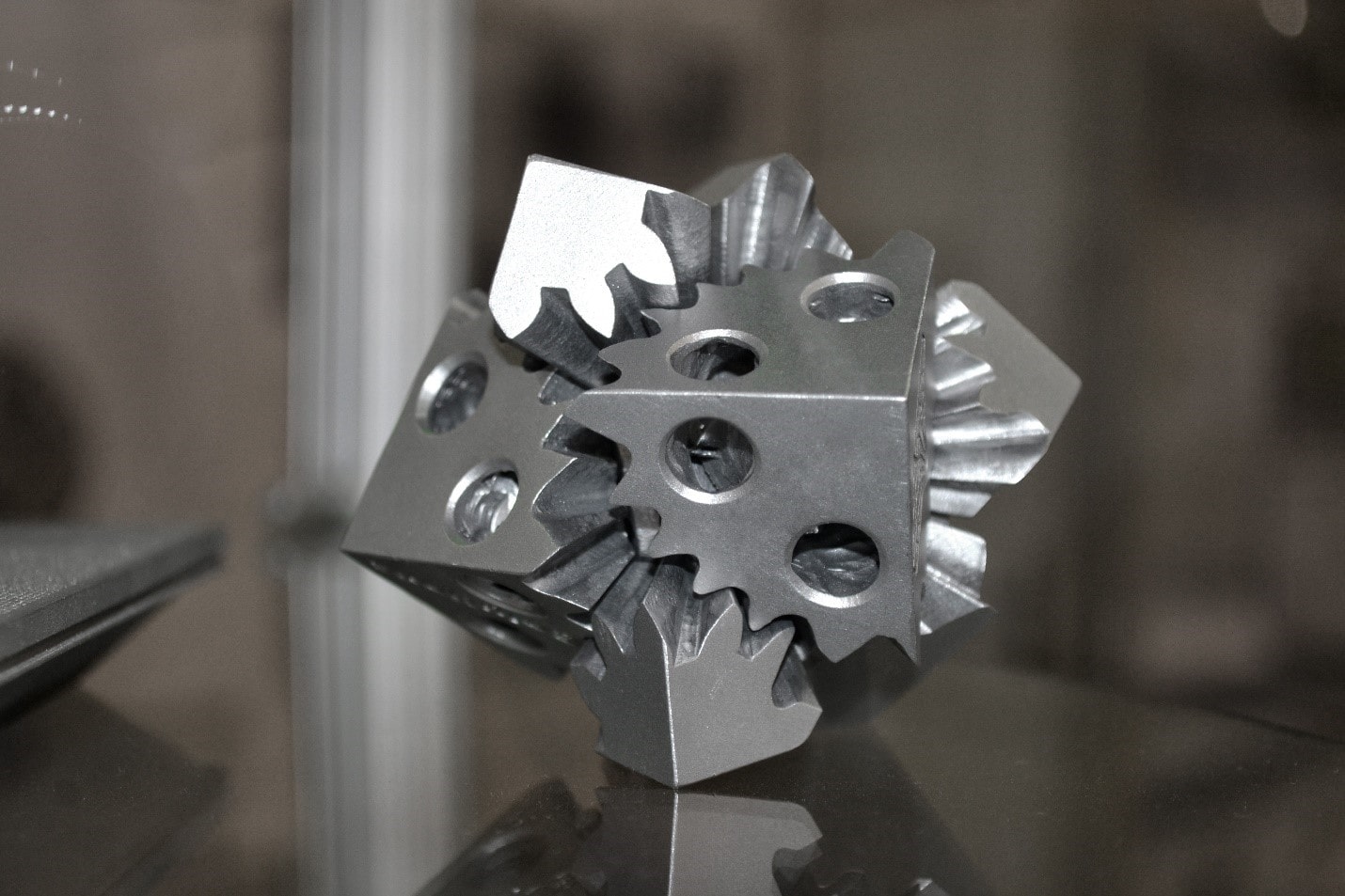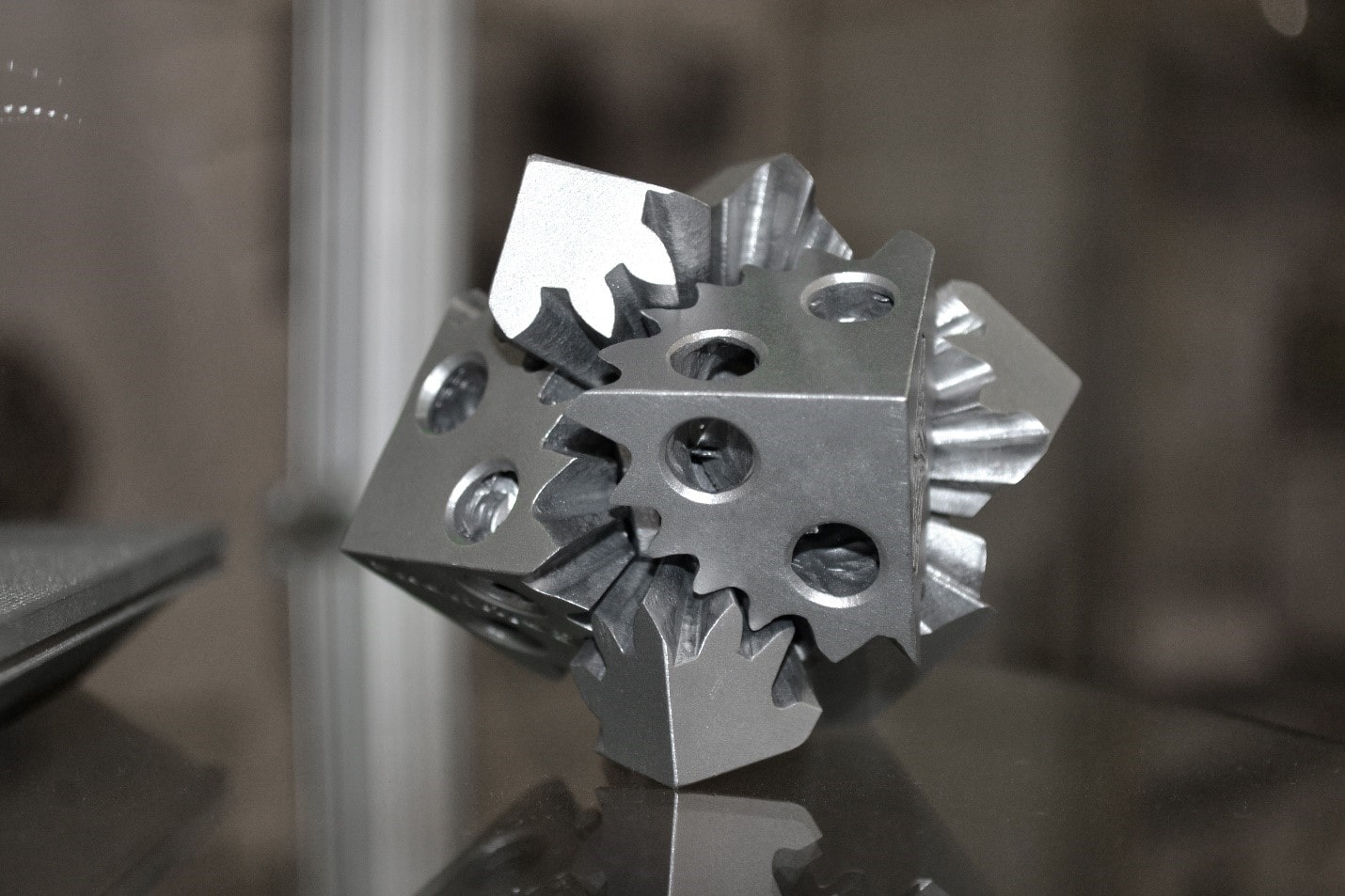EBM vs. SLM: Differences and Comparison
A comparison of EBM and SLM Powder Bed 3D printing technologies. Learn more now!
Introduction
There are several 3D printing technologies available for three-dimensionally printed products. Powder bed 3D printers are one of the many printer classifications. Powder bed 3D printers utilize various methods to melt or sinter the powder to print a product layer by layer to form a finished part. 3D printers require a three-dimensional drawing, usually a computer-aided design (CAD) file, to print a 3D product. The CAD file is converted to the numerous successive layers that will be printed in slicing software. The slicer sends this information to the 3D printer to initiate the printing process. The heat source for printing the powder is typically a laser or electron beam. Powder bed 3D printers are more precise than other printing technologies, allowing the creation of geometrically complex parts.
Electron Beam Melting (EBM) and a similar 3D printing technolgy, Selective Laser Melting (SLM), are powder bed technologies that print with metal alloy powder materials. One difference is that EBMs emit an electron beam rather than a laser (photons). EBM and SLM technologies produce strong, dense parts from metal powder. EBM prints conductive metals and alloys, including titanium, tantalum, stainless steel, tool steel, cobalt chrome, copper, and nickel alloy. Similarly, SLM is only used on select metal materials. SLM prints many similar materials, including pure metals like titanium, tool steel, copper, stainless steel, and cobalt chrome. SLM also prints aluminum, aluminum alloys, and precious metals

EBM Definition and Comparison to SLM
Electron Beam Melting (EBM) is an additive manufacturing process utilizing a 3D printing process and powdered metal. A magnetic field guides the electron beam produced by an electron gun. The EBM system creates a product from a three-dimensional drawing. The electron beam uses a super-heated tungsten filament to emit electrons in the vacuum chamber to heat the material. These electrons travel at approximately half of the speed of light and can attain temperatures up to 2,000
The electron beam melts the metal powder to create a finished object, layer by layer until completed. A vacuum chamber houses the printing process to prevent oxidation of the metal product in support of the manufacturing process. Occasionally, products require heat treatment to release the internal stresses in the finished product.
The EBM process delivers products that have excellent physical characteristics. The products are strong and dense but also lightweight. Products have a rough finish, may require additional surface finishing, and are less accurate than other 3D printing technologies. A key advantage of electron beam technology is printing speed - it can separate into several places to heat and print the powder simultaneously. The high-energy electron beam also preheats the powder prior to melting to help speed up the process.
And the impurities are eliminated during the high-intensity electron beam melting process. The EBM 3D printing process primarily prints components in the aerospace and medical fields. Products are also manufactured in the automotive, defense, and petrochemical industries.
EBM 3D Printing Characteristics:
- Used on metals with high melting temperatures
- Temperatures are as high as 2,000°C
- High-density parts
- Few supports required
- Excellent mechanical properties
- Heat treatment is seldom required
- Up to 98% recycling of unused powder
- Typically fast part processing
- Limited material selection (only conductive materials and alloys)
- Expensive machines and materials
- Requires post-processing to negate poor surface finish
- Cooling period required
- The finished parts are not smooth
- Limited to smaller parts
- Proprietary technology
- Highly skilled technicians required to operate EBM equipment
In a comparison of EDM to SLM, the advantage of EDM include the following:
- EBM prints faster
- EBM can produce higher melt-temperatures
The disadvantages of EDM versus SLM are listed below:
- EBM can only be used on conductive materials
- EBM has less product accuracy
- EBM requires a vacuum chamber
SLM Definition and Comparison to EBM
Selective laser melting (SLM) utilizes a high-powered laser that melts the metal powder with one or more lasers. Up to 12 lasers can be used in the process. Unlike other lasers in 3D printing, SLM fully melts the material rather than sintering, which is fusing the material without attaining a liquid state.
As with EBM, SLM produces strong, dense parts with little material waste. SLM 3D printing is used to manufacture parts for aerospace, automotive, medical, dental, and industrial tooling and components.
SLM 3D Printing Characteristics:
- Low porosity
- Strong parts
- Good dimensional accuracy
- Low material waste
- Internal stresses
- Ability to print entire assembly
- Rough finish
The advantages of SLM, when compared to EDM, are:
- SLM can print entire parts or assemblies rather than just components
- SLM has the option to print at high speed or a high accuracy
- SLM has a more extensive range of materials
- Can have multiple lasers (up to 12)
The disadvantages of SLM versus EDM include the following:
- SLM is slower printing than EBM (single beam)
- SLM parts can have internal stresses
What Are the Mutual Alternatives to EBM and SLM
There are alternative 3D printing processes to EBM and SLM. They include the following:
- Direct Metal Laser Sintering (DMLS) - Similar to SLM, DMLS uses a fiber laser to melt the powder. DMLS has superior accuracy but lower density. DMLS also requires more support structures.
- Directed-Energy Deposition (DED) – DED also prints metals, but the material options include filaments and powder. DED can print polymers and ceramics in addition to strong, dense metals. DED can print multiple materials quickly and produce larger products.
- Selective Laser Sintering (SLS) is very similar to SLM. The key difference is that SLM prints plastic rather than metal.
Summary
To summarize, EDM and SLM are powder bed fusion metal 3D printing technologies that utilize a high-intensity heat source to melt a metal powder and produce strong products that are dense. EBM can only process conductive metals and requires a vacuum chamber.SLM can have up to 12 lasers to speed printing and print entire component assemblies.
Get multiple quotes for your parts in seconds
